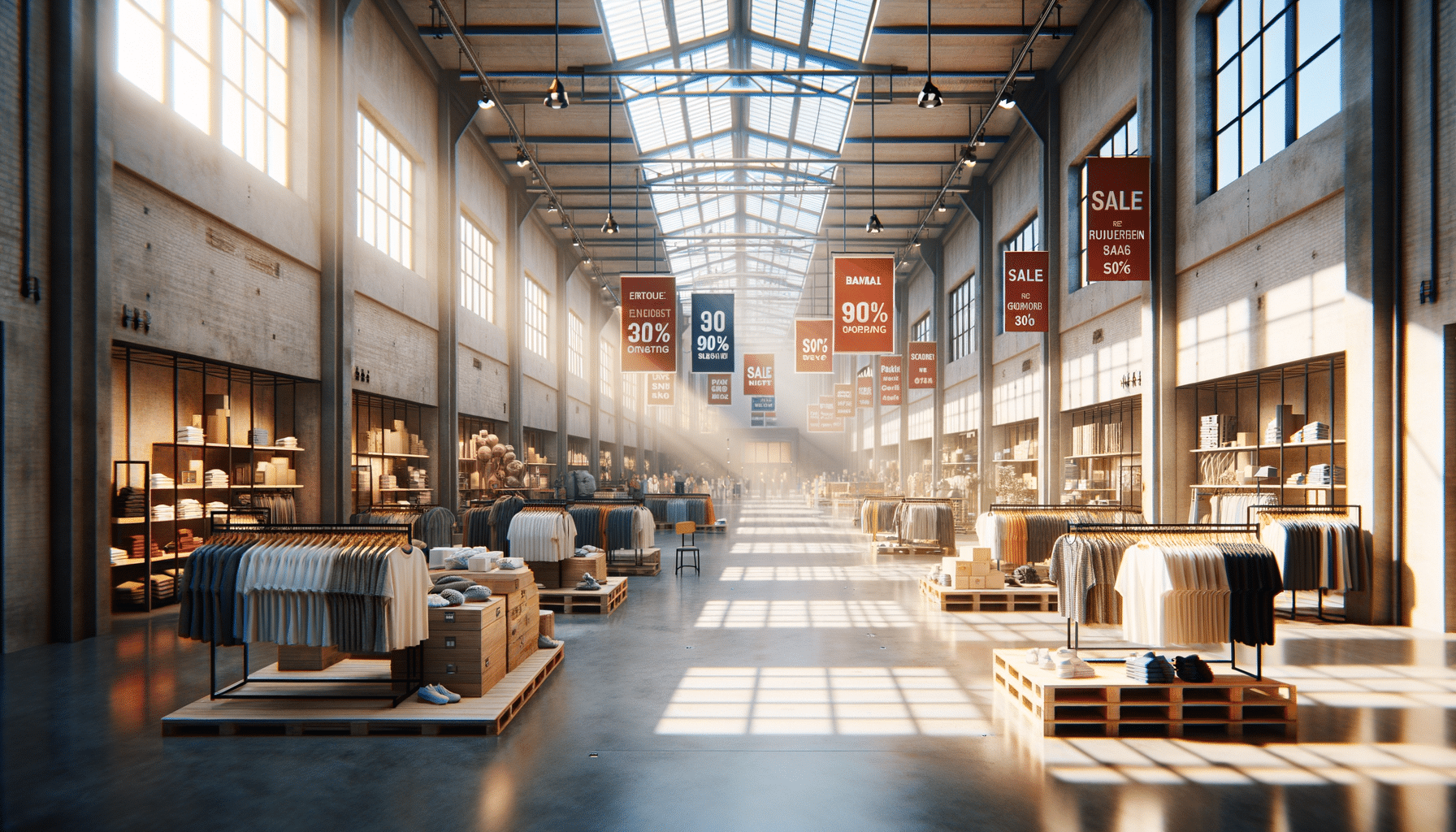
Creative Techniques for Street Photography: Capturing Life As It Happens
Street photography is an art that thrives on spontaneity and the vibrant tapestry of life unfolding in public spaces. It captures candid moments, offering a raw and unfiltered glimpse into the world around us, often sparking curiosity and inspiring storytellers and observers alike.
Street photography isn’t just about pointing a camera at the street; it’s about capturing the essence of life as it happens. This genre invites photographers to explore urban environments with a keen eye for the unnoticed and the extraordinary. In this post, we will delve into creative techniques that can enhance your street photography skills, offering perspectives from experts, practical tips, and personal insights.
Understanding the Scene
One of the fundamental aspects of street photography is understanding the scene. As renowned street photographer Henri Cartier-Bresson once said, “To photograph is to hold one’s breath, when all faculties converge to capture fleeting reality.” His philosophy underscores the importance of being present and observant.
Choosing the Right Equipment
While expensive gear isn’t a necessity, having a reliable camera is crucial. Compact cameras or smartphones can be perfect for the discreet nature of street photography. According to a survey by Digital Photography Review, 78% of street photographers prefer using compact cameras for their agility and unobtrusiveness.
Mastering the Technique
To capture compelling street photos, understanding techniques like framing, timing, and using natural light can greatly enhance your images. For instance, capturing silhouettes against a setting sun can add drama and mystery to your photos.
Pro Tip: Use the rule of thirds to compose your shots effectively. This technique helps create balanced and engaging photographs by positioning your subject along the grid lines.
Developing Your Style
Street photography is as individual as the photographer behind the lens. Consider the styles of influential photographers, like Vivian Maier, who captured the spirit of mid-century America with her unique perspective.
Embracing Candid Moments
One of the joys of street photography is capturing people in their natural state. This requires patience and a non-intrusive approach. A personal anecdote: while photographing a bustling market, I captured a vendor lost in thought, a moment that spoke volumes about the human condition without a single word.
Experimenting with Angles and Perspectives
Changing your viewpoint can transform a mundane scene into something extraordinary. Try shooting from low angles or capturing reflections in puddles to add a creative twist to your work.
| Technique | Benefit |
|---|---|
| Framing | Guides the viewer’s eye to the subject |
| Timing | Captures the decisive moment |
| Natural Light | Creates mood and depth |
| Rule of Thirds | Enhances composition |
| Silhouette | Adds drama |
| Low Angle | Alters perspective |
| Reflection | Casts a unique view |
| Candid Shot | Reveals authentic emotions |
Frequently Asked Questions
What is the best time for street photography?
Golden hour, just after sunrise or before sunset, provides soft, warm lighting ideal for capturing stunning street photos.
How do you approach people for street photography?
Approach with respect and ask for permission if necessary. Be open and genuine to make your subjects comfortable.
Which camera settings are ideal for street photography?
Using aperture priority mode with a wide aperture can help achieve a blurred background, focusing attention on your subject.
Conclusion
Street photography is a rewarding pursuit that allows you to connect with the world in an intimate way. By embracing creativity and honing your skills, you can capture the beauty of everyday life. Remember, the streets are alive with stories waiting to be told. So grab your camera, step outside, and start capturing life as it happens.


